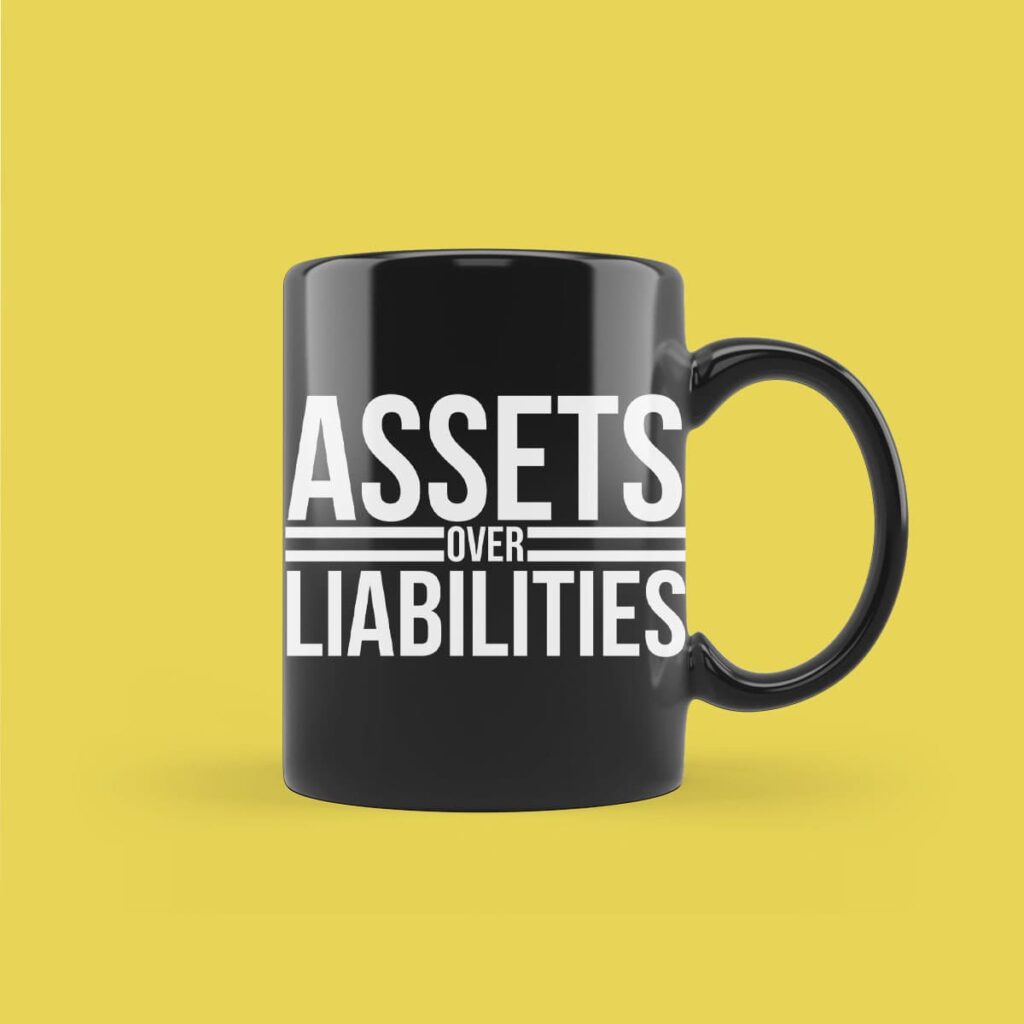Assets and liabilities are a fundamental component of a company’s balance sheet. The balance sheet shows the overall financial position of a company. Equity, or an owner’s net worth, is equal to assets minus liabilities. Assets should therefore be higher than liabilities. In this article, we answer the question “what are assets and liabilities?”.
Liabilities reduce the value of, and the equity in, your organization. Assets create value and raise equity. Your company’s financial health is greater the more assets it has compared to liabilities. However, if you find that you have more liabilities than assets, your company can be in danger of failing.
What is an Asset?
All the things a company has are its assets. On a balance sheet, they are located on the left side.
Current assets and fixed assets are the two categories of assets. Assets that can be swiftly turned into cash are known as current assets. They consist of inventory, cash, and accounts receivable. The better a small business’s existing assets are, the longer it can endure without borrowing money.
Fixed assets are tangible possessions that have a shelf life of more than a year and have monetary value to a business, such as tools and computer hardware.
In addition, assets can be classified as either tangible or intangible. Vehicles are an example of a tangible asset—a tangible thing that can be touched. Resources with no physical presence but nevertheless having financial value are known as intangible assets. Copyright and brand recognition are two examples.
What are Liabilities
Everything a company owes, both now and in the future, is considered a liability. On a balance sheet, they are located on the right side. Money due to suppliers, also known as accounts payable, is a typical small business liability.
Unless they just receive and pay in cash, all businesses have liabilities. Physical money or payments made through a corporate bank account both qualify as cash.
Liabilities come in two varieties: short-term and long-term. Credit lines, loans, salaries, and accounts payable are examples of current liabilities that must be repaid within a year. Numerous business costs are current liabilities.
Bonds and mortgages are examples of long-term obligations that can be repaid after a year.

Asset Examples
- Cash
- Intellectual Property
- Real Estate
- Machinery
Liability Examples
- Payments to lenders
- Annual income tax
- Unearned Revenue
Difference between Assets and Liabilities
Assets include things like inventory, real estate, machinery, and cash that are advantageous to a business economically. They support a company’s ability to produce things or offer services both now and in the future.
A company’s responsibilities are its liabilities, which might be either unpaid debts or unfinished work.
A corporation needs to have more assets than liabilities so that it has enough cash (or items that can be quickly transformed into cash) to pay its debts. A small business is in financial trouble if it has more obligations than assets since it won’t be able to pay its bills.
Liabilities can help finance expansion, so they’re not always a bad thing. For instance, a small business might take out a line of credit to buy new equipment. These resources will aid the business’s operations and expansion, which is advantageous. Making sure obligations don’t increase more quickly than assets is the trick.
To ask any questions related to the rights of NRIs, PIOs, and OCIs, you can download SBNRI App from the Google Play Store or App Store. You can also use the SBNRI app for investment in stock market/ mutual funds, NRI account opening, tax filing, etc. To ask any questions, click on the button below. Also, visit our blog and YouTube channel for more details.
FAQs
Equity is assets minus liabilities?
Current assets and fixed assets are categories of assets. Assets can also be classified as tangible and intangible.
The left side.
The right side.



